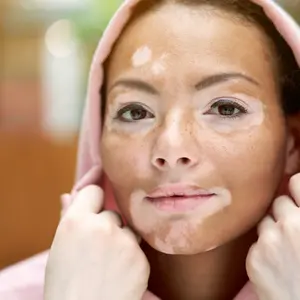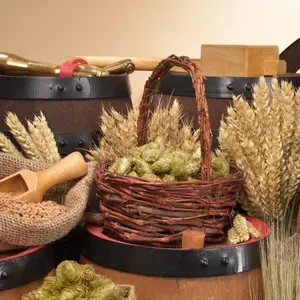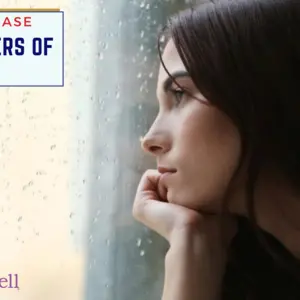
Green Living
Green Living
Baby Steps to Living Greener: Tips for Lowering Toxins in the Home
Almost beyond comprehension, the average person is exposed to 700,000 to two million toxins each day, and some of these are “forever chemicals” that never leave the body or take decades to be expelled. This huge toxic burden can accumulate in the body, strain the immune system and compromise overall health. “The research is very clear—huge, huge, strong correlations between toxin load and most of your autoimmune diseases,” remarks Joseph Pizzorn, ND, author or co-author of six textbooks for doctors and seven consumer books, including, most recently, The Toxin Solution.
The good news is that many of these threats can be corrected with a little insight, planning and budgeting. Changes to our everyday choices can go a long way toward keeping our bodies and homes healthy and safe, while also creating a greener and healthier environment.
The Air We Breathe
The air inside our homes can be up to 100 times more polluted than outdoor air, containing pollutants such as mold, smoke, out-gassing chemicals, pollen, pet dander, bacteria and viruses. There are many portable HEPA and carbon air filter options available at different price points that will help remove contaminants. According to a 1989 Clean Air Study by the National Aeronautics and Space Administration, common houseplants can remove organic pollutants from indoor air and, when combined with activated carbon air filters, they are more effective. Examples of such plants are the Boston fern, spider plant, variegated snake plant, peace lily, English ivy, cornstalk dracaena and many other inexpensive varietals.
Between the Sheets
Flame-retardant chemicals in our sheets, mattresses, mattress pads and even pajamas out-gas minute amounts that can accumulate in our bodies over time. Because we spend approximately one-third of our lives in bed, it is important to ensure that the sleeping environment is as healthy as possible. Consider switching to organic cotton options for all bedroom items. Pressboard furniture is soaked with formaldehyde; replace it with solid wood pieces to reduce exposure to off-gassing. Turn off Wi-Fi at night to reduce exposure to EMF radiation. These changes can be made gradually, as the budget allows; think of them as an investment that will pay off with improved sleep and wellness.
In the Kitchen
For many of us, turning on the faucet for a glass of water can produce a cocktail of toxic chemicals, including lead, arsenic and per- and polyfluoroalkyl substances (PFAS)—also known as the “forever chemicals.” The Environmental Working Group’s Tap Water Database (ewg.org/tapwater) provides a searchable database of contaminants found in drinking water by zip code.
Investing in a water filtration system is a great way to avoid these chemicals. They, too, are available at different price points. Whether it’s a countertop unit, a filter mounted on the faucet, an under-sink device or a whole-house system, the best solutions include charcoal granulation, a two-micron filter and reverse osmosis.
Smart swaps in cookware and bakeware are also a must. Begin by replacing nonstick pans with stainless steel, glass or cast-iron options. If replacing them all at once isn’t economically viable, start with the most damaged and scratched pans and continue as finances allow.
Food storage can be another source of toxins. Studies have found that certain chemicals in plastics can leach into our food. Move away from plastic storage containers to glass and swap plastic wrap for a non-toxic alternative like beeswax wrap or reusable bowl covers.
In the Bathroom
Clean your shower head and install a chlorine shower filter. Gradually begin to replace soap and shampoo with non-toxic products that contain all-natural ingredients; specifically look for ones that are paraben-free, gluten-free and organic.
For other personal products such as perfume, move away from synthetic fragrances, which can contain endocrine-disrupting chemicals, and replace them with all-natural alternatives such as essential oils. Toothpaste should be gluten- and fluoride-free. Newer options contain hydroxyapatite—a naturally occurring mineral—which can be an alternative to fluoride and help remineralize teeth. Replacing makeup all at once can be costly, so begin with lipstick and lip balms and look for gluten-free alternatives.
Baby Steps
While it may feel overwhelming to embark upon a green living journey, positive change doesn’t happen all at once. Pick one area and make baby steps. Even small, incremental actions can have a powerful cumulative impact on the mind, body and planet.
This article first appeared in Natural Awakenings magazine February 2023 edition.


 By
By






